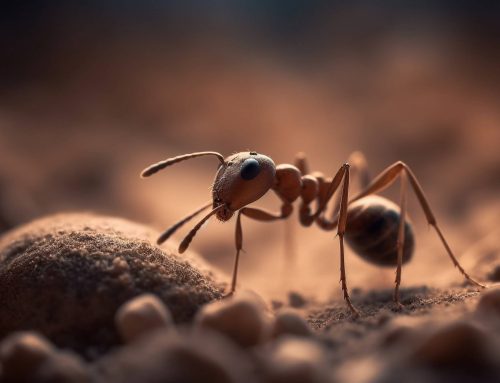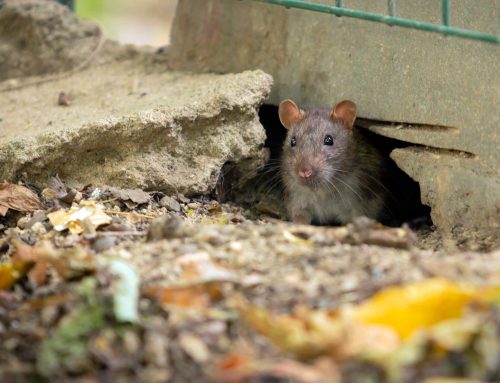In yards and gardens, fungi play a vital role in the ecosystem by decomposing organic matter and contributing to nutrient cycling. However, some types of fungi can become problematic when they infect plants or soil, causing diseases and affecting the overall health of your garden. Identifying garden fungus and understanding how to address it is essential for maintaining a thriving and beautiful outdoor space. In this article, we will explore common fungi in yards and gardens, methods for identifying them, and effective strategies for managing and preventing fungal issues. Let’s dive into the fascinating world of garden fungi and discover how to keep your plants and soil healthy.
Garden Fungus Identification
Identifying garden fungus is crucial for determining the appropriate course of action to address the issue. Fungi can manifest in various forms, including spots, patches, discolorations, powdery coatings, or mold-like growth on plants and soil. Some common types of garden fungi include powdery mildew, downy mildew, rust, leaf spot, and damping-off disease. Each fungus exhibits unique symptoms, making accurate identification essential for effective treatment.
How Do You Identify Fungus on Plants?
Identifying fungus on plants involves closely observing the symptoms and characteristics of the infection. Powdery mildew, for example, appears as a white or gray powdery coating on the leaves, while downy mildew typically shows as yellowish patches on the undersides of leaves. Rust appears as orange or rust-colored spots on leaves and stems, and leaf spot creates circular or irregularly shaped spots on foliage.
What Does Fungus Look Like in Soil?
Fungus in garden soil can manifest in various ways. Some soil fungi form white, thread-like structures called mycelium, which can resemble fine cobwebs. Others may appear as discolored patches or spots on the soil surface. In severe cases, soil fungi may cause plant wilting or root rot, leading to stunted growth and poor plant health.
Types of Fungus on Plants:
There are several types of fungi that can affect plants in yards and gardens. Some of the most common types include:
- Powdery Mildew: This fungus forms a white or grayish powdery coating on the leaves, stems, and flowers of plants
- Downy Mildew: Downy mildew causes yellowish patches on the undersides of leaves, often accompanied by a fuzzy appearance.
- Rust: Rust fungus creates orange or rust-colored spots on leaves, stems, and flowers.
- Leaf Spot: Leaf spot fungi cause circular or irregularly shaped spots on plant foliage, which can vary in color depending on the type of fungus.
- Damping-off Disease: Damping-off is a soil-borne disease that affects young seedlings, causing them to collapse and die.
Some fungi, such as slime molds, may appear like expanding foam or brightly colored masses on plant surfaces or soil. While they may look alarming, slime molds are generally harmless to plants and are more of a cosmetic issue.
What Causes Garden Fungus?
Fungal infections in gardens are often caused by a combination of factors, including environmental conditions, plant health, and the presence of fungal spores. Fungi thrive in damp and humid conditions, making wet weather or overwatering a contributing factor to fungal outbreaks. Weakened or stressed plants are more susceptible to infections, so maintaining the overall health of your garden is crucial in preventing fungal issues
How Do You Get Rid of Fungi in Yards and Gardens?
Getting rid of garden fungus requires a combination of preventive measures and targeted treatments. To reduce the likelihood of fungal infections, ensure proper plant spacing and air circulation in your garden. Avoid overhead watering, as excess moisture on leaves and soil can create a favorable environment for fungal growth. Instead, water plants at their base to keep foliage dry. Regularly remove plant debris and fallen leaves, as they can harbor fungal spores and provide a breeding ground for infections.
For existing fungal issues, consider using fungicides specifically formulated for the type of fungus affecting your plants. Organic options, such as neem oil or copper-based fungicides, can be effective against some types of garden fungi. Always follow the instructions provided on the product label to ensure safe and effective application.
How Do You Treat Soil Fungus?
Soil fungus can negatively impact plant roots and overall plant health. To treat soil fungus, improve drainage in your garden to reduce excess moisture, which creates an unfavorable environment for fungal growth. Additionally, consider applying fungicides specifically designed for soil-borne fungi. Nematodes, beneficial microscopic organisms that prey on fungal pathogens, can also be introduced to the soil to control soil fungus naturally.
As you embark on your journey to create a stunning and thriving outdoor space, remember that effective garden fungus identification and management are crucial for the health of your plants and soil. If you find yourself facing persistent fungal issues or need professional guidance in maintaining a flourishing garden, Cutters Edge is here to help. Our experienced team of horticulturists and arborists can provide expert advice, implement targeted treatments, and design a comprehensive landscaping plan tailored to your unique needs. Don’t let garden fungus hinder the beauty and vitality of your landscape; contact us today for top-notch landscaping and garden maintenance services. Together, we’ll ensure your outdoor haven remains a stunning, fungus-free sanctuary for you to enjoy year after year.





